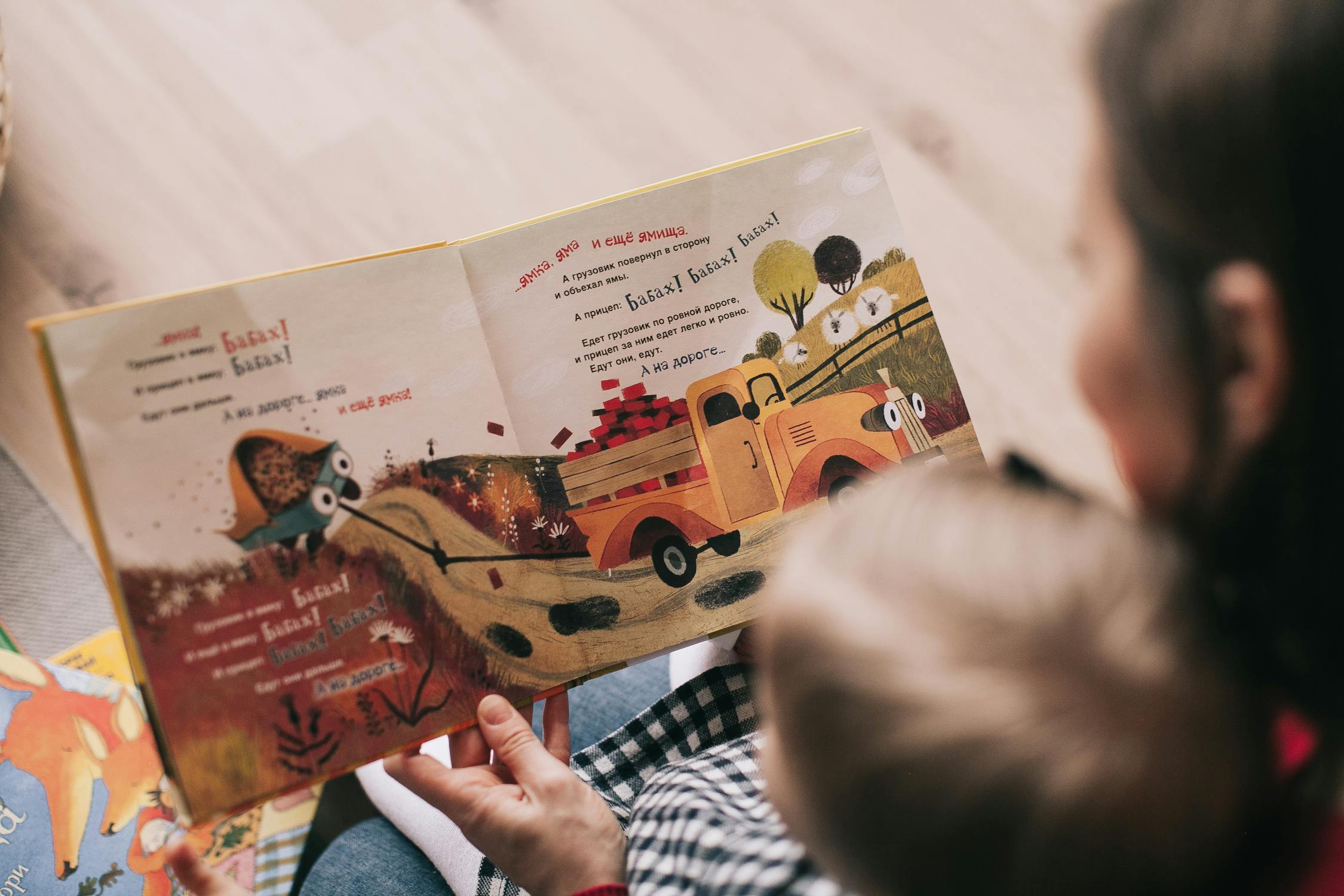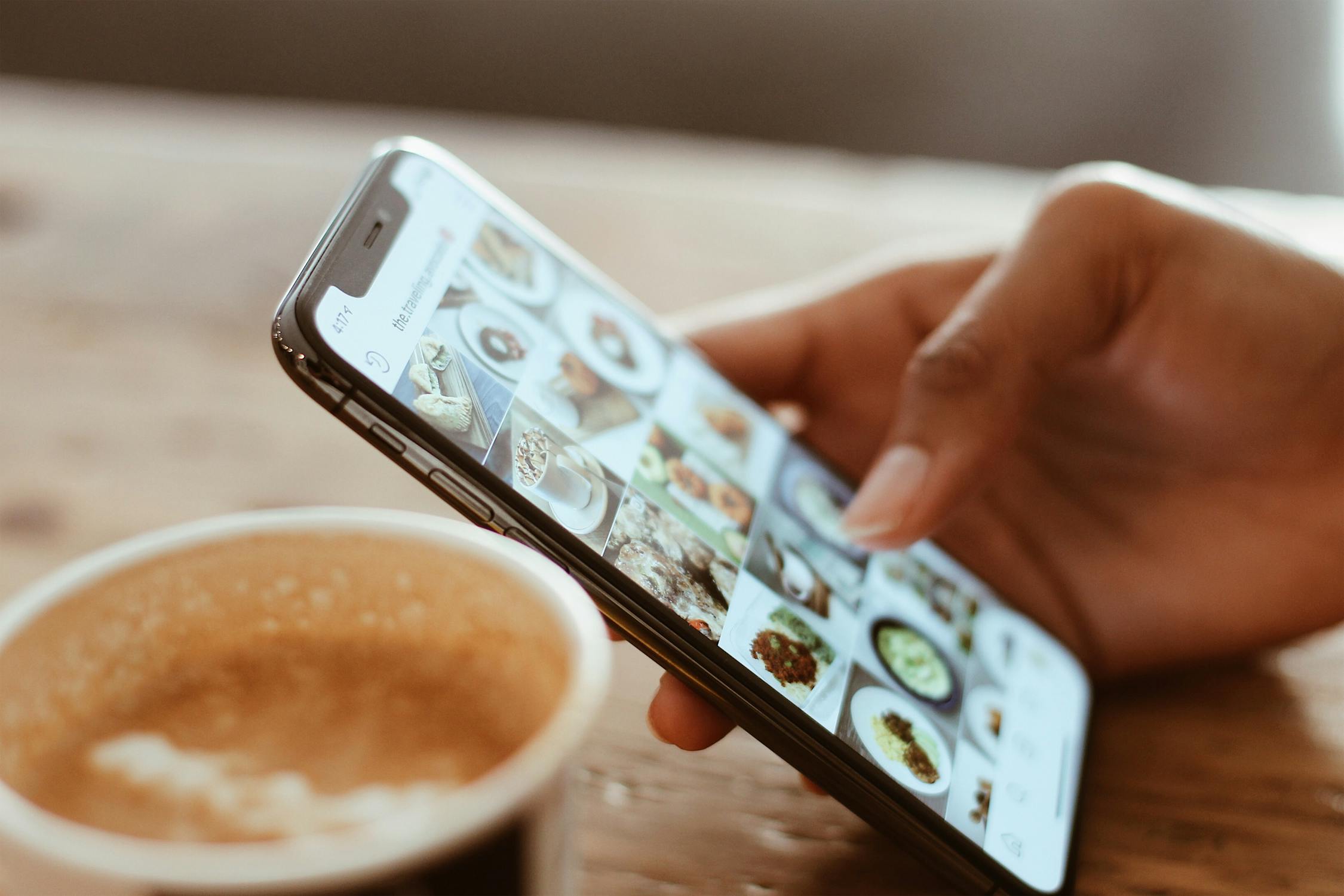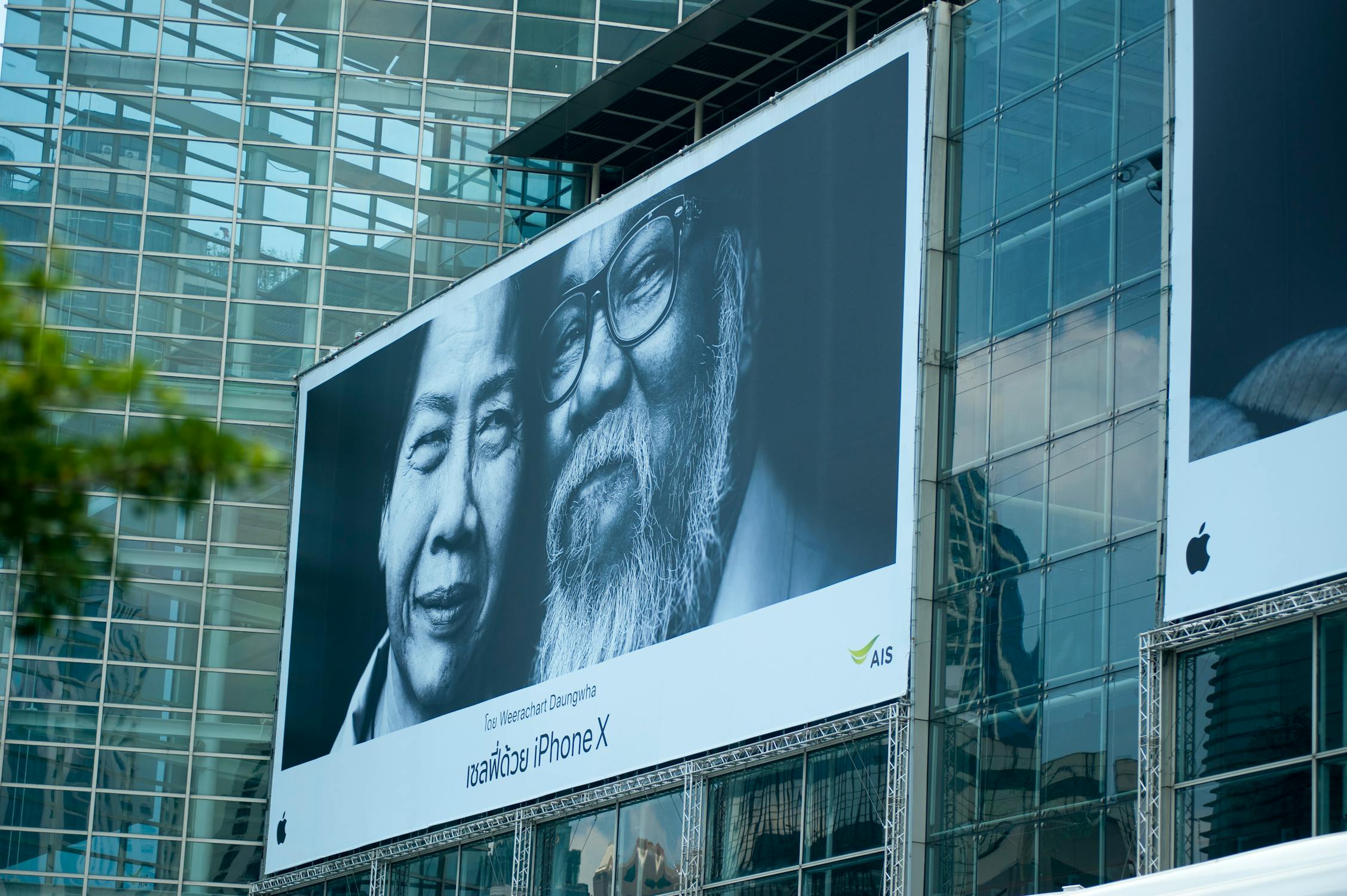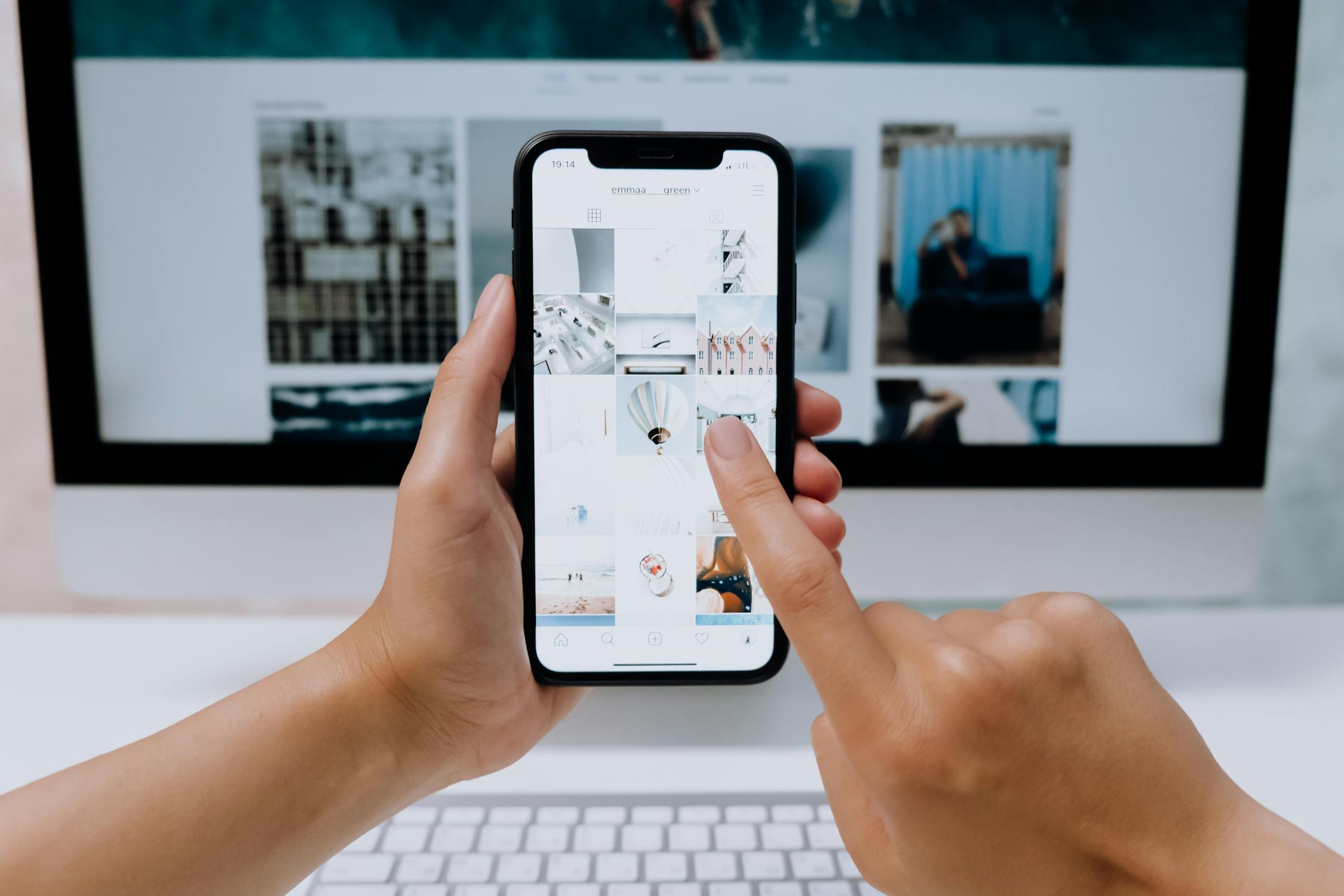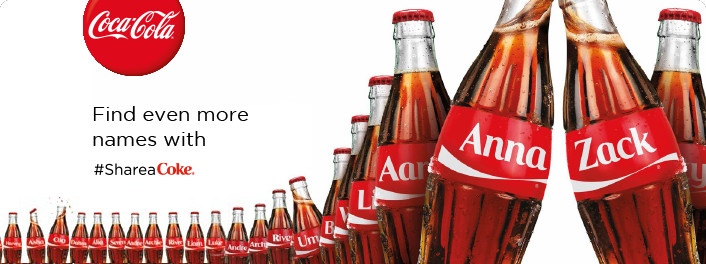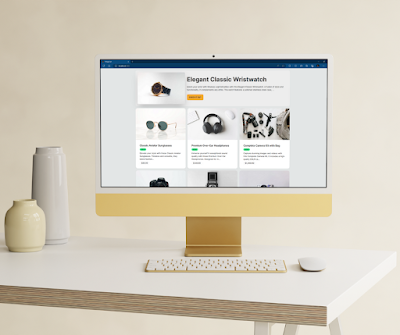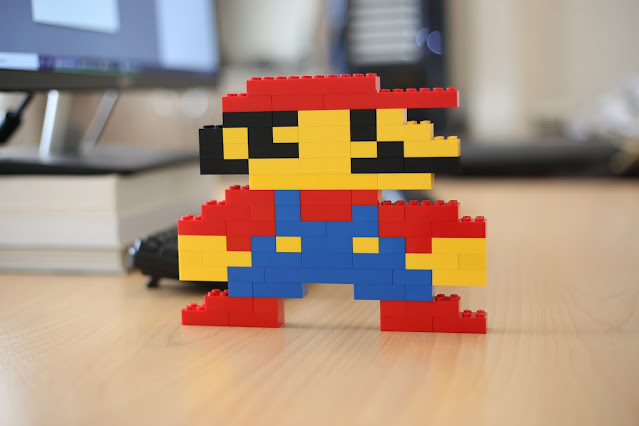How visual storytelling enhances your marketing campaigns
Let’s be honest: marketing is getting harder. People scroll faster, skip ads quicker, and bounce off websites in seconds. So how do you stand out?
One powerful (and often underrated) tool in your marketer’s toolkit is visual storytelling. It’s not just about using pretty pictures; it’s about telling stories that people remember, feel, and want to share.
Whether you’re crafting content for Instagram, building a landing page, or planning your next campaign, visual storytelling can be the difference between a forgettable scroll and a meaningful connection.
Let’s break it down.
What Is Visual Storytelling?
"Visuals are processed 60,000 times faster than text by the human brain and 90% of information transmitted to the brain is visual," notes Ekaterina Walter in her book "The Power of Visual Storytelling.
Why Visual Storytelling Works in Marketing
1. It Builds Emotional Connections
Great visual stories tap into emotion. Think about Dove’s “Real Beauty Sketches” - a forensic artist drew women based on their own description and then again based on a stranger’s.
The emotional payoff? We saw how harshly women judge themselves - and it struck a universal chord.
It wasn’t just a beauty campaign. It was a story about self-worth.
Result? Over 114 million views in a month.
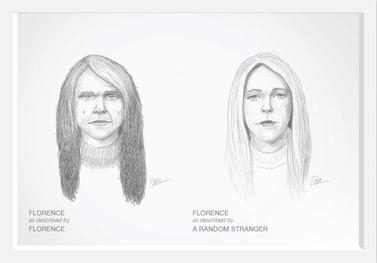 |
| A typical sketch from Dove Real Beauty Sketches |
"Using visuals helps to stir emotions can help you establish a deeper connection between your audience and brand," explains marketing experts at Foundation Inc
2. It Simplifies Complex Ideas
If your brand solves a complex problem or offers a layered service, explaining it through visuals is 10x easier.
Infographics, explainer videos, even GIFs - they all help translate the complicated into something clear and clickable.
"Graphs and infographics can turn complex ideas into simple, digestible content, reducing the amount of text and potentially improving your bounce rate," notes Foundation Inc.
3. It Gets More Engagement
Studies show that articles with visuals get 94% more views than those without. On social media, tweets with images get 150% more retweets. People spend more time looking at visual content — which tells search engines, “Hey, this content is worth showing.”
In short: visuals = attention = engagement = results.
Key Elements of Great Visual Storytelling
Know Your Audience
As Duck Design points out, "Visual storytelling is most effective when it speaks directly to the right people. Understanding your audience's likes, dislikes, pain points, and expectations will help your content connect with them".
For example, B2B decision-makers might respond better to data-driven infographics and polished animations, while millennial and Gen Z audiences often prefer short-form videos and meme-style visuals.
Consistent Brand Identity
Duck Design emphasizes that "sticking to a consistent visual design across all mediums (logos, typography, color schemes) ensures your audience immediately recognizes your content".
3. Include Interactive and Engaging Elements
Interactive infographics, sliders, quizzes, or even polls can help viewers participate in your story.
Interactive elements can transform passive viewing into active engagement.
Imperial College London saw a 50% increase in time-on-page when they incorporated interactive stories into their content.Just don’t overdo it. The story should still shine. Balance is key. Too many moving parts can distract from your core message rather than enhance it.
Case Studies: Brands That Nailed Visual Storytelling
Airbnb: "Belong Anywhere" Campaign
Airbnb didn’t sell accommodation. It sold a connection.
Its “Wall and Chain” animated story showed a former Berlin Wall guard reconnecting through an Airbnb stay. It was heartfelt, unexpected, and incredibly human.
8+ million views later, it redefined the brand’s image - from rentals to reunions.
(Source: Conquest Creatives)
Dove: "Real Beauty Sketches"Campaign
Result? This visual narrative went viral. More than 114 million views in the first month alone. It became the most-watched ad in 2013.
Coca-Cola: "Share a Coke"Campaign
The "Share a Coke" campaign encouraged customers to find bottles with names that held personal connections and share them on social media.
It became a global visual story told by its own customers - generating a 2% sales increase in the U.S. alone after years of decline.
It turned consumers into storytellers. That’s the magic of visual storytelling!
Tips for Using Visual Storytelling in Your Campaigns
- Use strong visuals: No blurry stock photos. Invest in design or use high-quality tools like Canva, Adobe Express, or Visme.
- Start with a story arc: Beginning, middle, end. Make the audience feel something.
- Optimise for mobile: Most people are watching on their phones. Make your visuals vertical, readable, and quick to load.
- Test different formats: Stories, carousels, explainer videos, animated GIFs. See what your audience engages with most.
Focus on Readability
"Content that's easy to read keeps readers engaged, which reduces bounce rates and improves SEO," notes LeadershipFlagship.
Optimize Images and Multimedia
"Use relevant images, videos, or infographics that support your story. Optimize image files for faster loading and include descriptive alt text with keywords to improve SEO," advises Leadership Flagship.
Show, Don't Tell
"Since people remember stories 22 times better than raw facts, images with stories are a great way to help people remember," explains DuckDesign.
Consider using before-and-after sequences, customer journey animations, or metaphorical illustrations to convey your message without overwhelming your audience with text.
Balancing SEO and Visual Storytelling
You might think visual storytelling and SEO don’t mix - but they do.
Here’s how:
Use keyword-rich alt text for all images and videos.
Write SEO-friendly captions and descriptions, especially on YouTube and Instagram.
Use headings (H1, H2, etc.) with targeted keywords.
Optimise load speed; compress images and host videos properly.
“Focus on the story first, then layer in the SEO,” says Leadership Flagship.
A good story will naturally keep people on your page longer, which helps your SEO without keyword stuffing
The Future of Visual Storytelling in Marketing
We’re entering an era of immersive storytelling.
Think IKEA’s AR app that lets you visualise furniture in your home. Or Sephora’s latest app update that lets you try virtual makeup at home without going to the stores.
These aren’t gimmicks. They’re stories you can step into. And for digital-native consumers, especially Gen-Z, this is the next level of brand experience.
As technology continues to evolve, so too will the possibilities for visual storytelling.
"We're operating in a world where one video can lead to a massive social following," notes Mike Henry, CEO of Henry Marketing Co.
Conclusion: Tell Stories That Matter
“Marketing is no longer about the stuff you make, but about the stories you tell.”
Visual storytelling isn’t just about standing out; it’s about making your audience feel something. And in a world of endless content, that’s how you build connection, loyalty, and trust.
As Richard Branson aptly puts it, "We would be nothing without our story".
Remember what Arianna Huffington said: "People think in stories, not statistics, and marketers need to be master storytellers".
So next time you build a campaign, ask yourself:
What story are we telling? And how can we show it - not just say it?
Your audience isn’t just watching. They’re waiting to feel something. Make it count.

